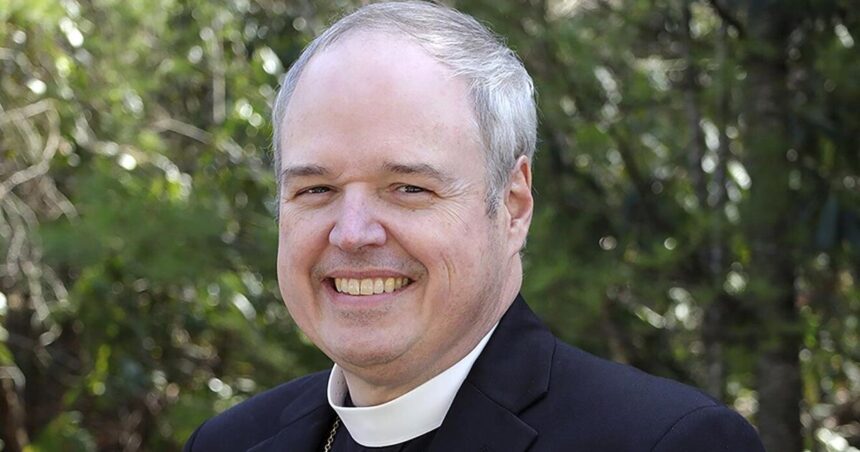In 2021, approximately 2% of houses of worship in the United States have solar systems, according to Lawrence Berkeley National Laboratory, managed by the University of California for the U.S. Department of Energy. This percentage is disproportionately high compared to houses of worship comprising only 0.6% of all non-residential buildings.
Implementing these projects can be challenging due to the tight budgets, older buildings, and other pressing priorities that congregations face. Additionally, the bureaucratic paperwork required for switching energy systems can be overwhelming for staff with limited resources.
Furthermore, houses of worship often struggle to take advantage of renewable energy tax benefits because they do not pay taxes.
One alternative is for houses of worship to collaborate with third parties interested in benefiting from tax credits. For example, an investor could purchase and install solar panels on a church, with the church buying power from the investor without owning the panels in an arrangement known as a power purchase agreement.
Another recent option is the federal Inflation Reduction Act, which allows governments and tax-exempt entities, including houses of worship, to receive tax credits for renewable projects through a program called direct pay. This program provides a tax credit of up to 30% of the installation cost, helping to offset expenses and encourage more congregations to consider solar energy.
Sarah Paulos, the programs director for Interfaith Power and Light, stated, “I expect in the coming year, it’s really going to boom, the solar on houses of worship. It makes a lot of sense. If they can cut their utility bill way back, then they have more money to do what they’re there for, which is their mission.”
Interfaith Power and Light is a national network focused on climate action and religion, founded in 1998 as a coalition of Episcopal churches advocating for renewable energy. The organization has expanded to include other denominations and faiths.
Leah Wiste, the executive director of Michigan Interfaith Power and Light, emphasized the role of tangible efforts like solar in engaging people in climate action, especially within religious communities.
While there is growing acceptance that climate change is real, religious Americans remain divided in their views. A 2022 Pew Research Center survey showed that most religious adults believe in protecting the Earth, but highly religious individuals tend to be less concerned about climate change compared to other adults in the U.S.
Efforts to raise awareness and promote solar within communities can be instrumental in increasing solar installations, particularly in non-residential buildings like schools and houses of worship. A recent study published in Frontiers in Sustainable Energy Policy found that solar installations in non-residential buildings can lead to more installations in the area.
Despite the positive impact of solar projects in houses of worship, challenges remain in making solar energy adoption more equitable. Houses of worship with solar systems are often located in affluent, white, and educated areas, reflecting wider disparities in access to solar energy.
Individuals working at the interface of religion and renewables believe these projects present an opportunity to educate more people about solar energy and its benefits within those communities.
Galen Barbose, a scientist at Berkeley Lab, stated, “Houses of worship are in a unique position to be able to sponsor events, talk to their membership, and potentially really serve as emissaries for solar energy.”
Rob Rafson, the president of the solar energy company Chart House Energy, has been advocating for solar panels on churches for years. He collaborated with the Climate Witness Project, Michigan Interfaith Power and Light, and climate activists in Detroit to launch Solar Faithful, aiming to facilitate solar adoption in houses of worship.
Despite the challenges faced by congregations, many have successfully installed solar panels. For example, the First Lutheran Church in Muskegon now has a new solar array on its roof, demonstrating a commitment to renewable energy and environmental stewardship.





